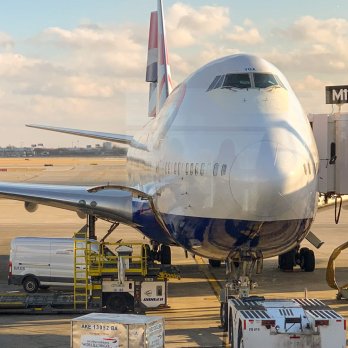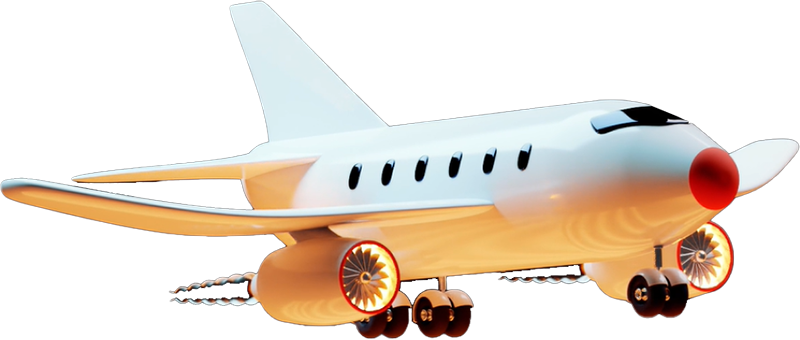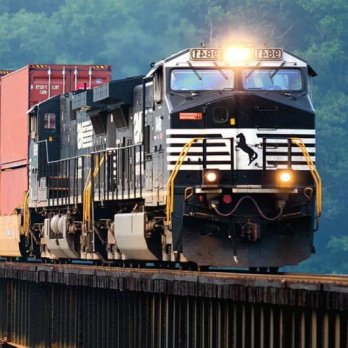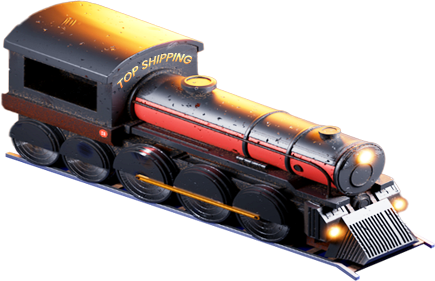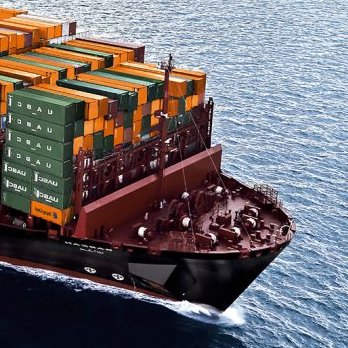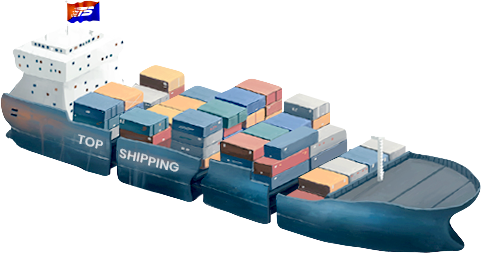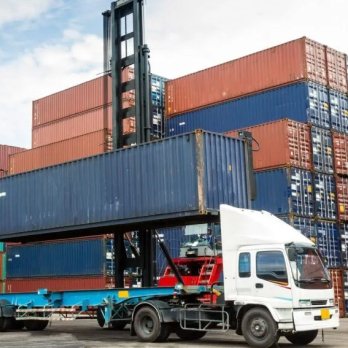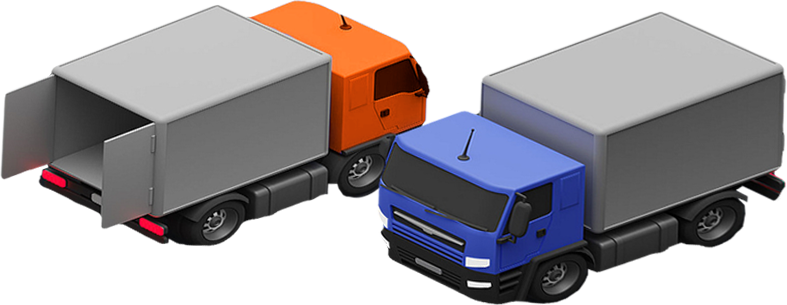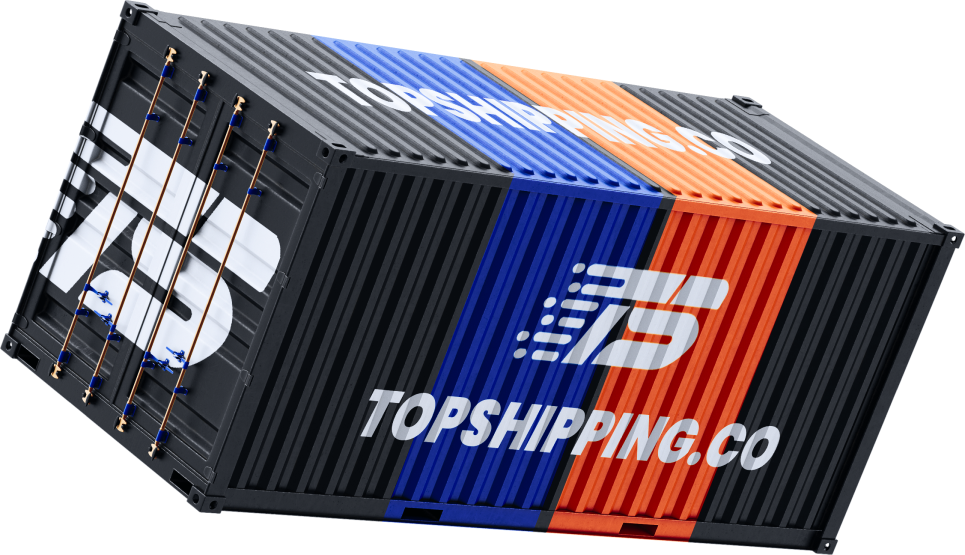Importing from China requires a well-structured shipping process to be assured of smooth logistics, cost-efficient, and timely delivery. Here are the key steps, accompanied by an insight into each phase.
Finding a Reliable Supplier
A successful importation process begins with the identification of reliable manufacturers. Below are some tips to ensure that your supplier is reliable:
- Research Thoroughly: Use verified platforms like Alibaba or attend trade fairs like the Canton Fair.
- Request Certifications: Verify ISO, CE, or other industry-standard certifications.
- Check References: Contact previous clients for feedback on quality and service.
At Topshipping, we work with the best suppliers so you get quality merchandise every time.
Negotiating with Suppliers
Once a supplier is chosen, negotiations can be effective in your favor for:
- Compare Quotes: Obtain quotes from multiple suppliers to evaluate competitiveness.
- Define Terms Clearly: Agree on Incoterms, delivery timelines, and payment methods upfront.
- Focus on Long-Term Relationships: Building trust can lead to better deals over time.
Our team at Topshipping can assist you in negotiating terms that align with your logistics requirements, optimizing costs without compromising quality.
Ensuring Product Quality
Before shipping, ensuring product quality is vital to avoid costly returns or disputes:
- Do Pre-Shipment Inspections: Employ third-party inspectors to inspect the merchandise for defects or inconsistencies.
- Establish Quality Standards: Make clear your quality expectations with the supplier.
Topshipping partners with inspection agencies to ensure your products are of quality, enabling you to be assured.
Proper Packaging and Labeling
There are stringent standards for packaging and labeling shipments internationally, especially electronics and fragile items:
- Use Durable Packaging: You want to make sure your goods are well protected during transit.
- Follow Labeling Standards: Product details, origin, and how to handle.
Our company ensures your shipments are in accordance with international packaging and labeling to minimize any risks in shipment.
Understanding Incoterms
Incoterms dictate the responsibility of the buyer and the seller during shipments. Some common terms of Incoterms include:
- EXW- Ex Works: All logistics, from the supplier’s location, are handled by the buyer.
- FOB- Free On Board: The supplier delivers the goods to the port, whereby the buyer takes over responsibility.
- CIF (Cost, Insurance, and Freight): The supplier bears the cost right up to the destination port.
At Topshipping, we guide you in choosing the most suitable Incoterms based on your shipping needs, ensuring a seamless process.


